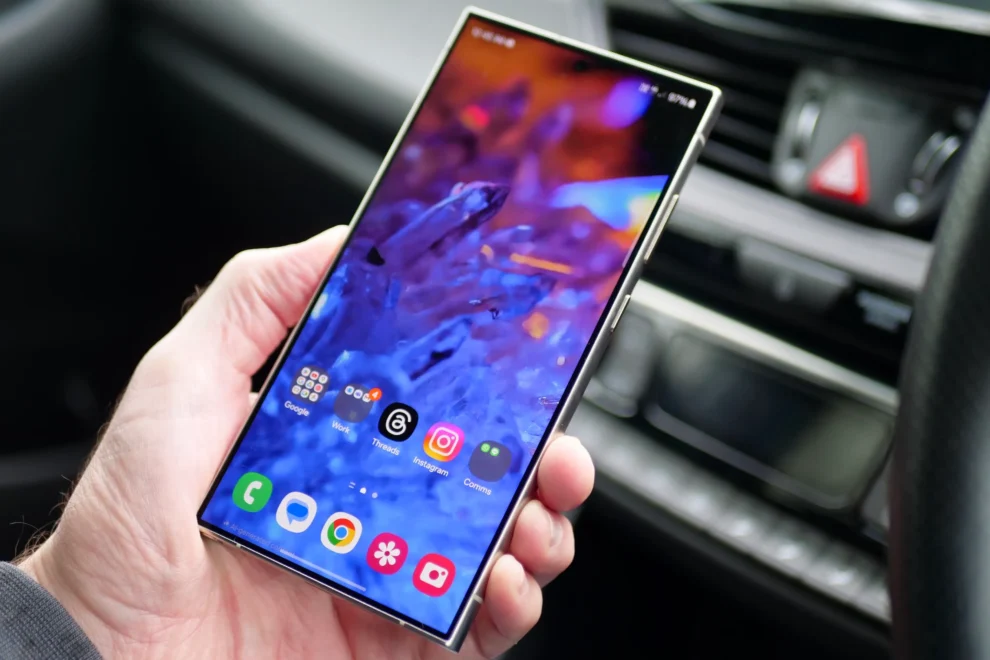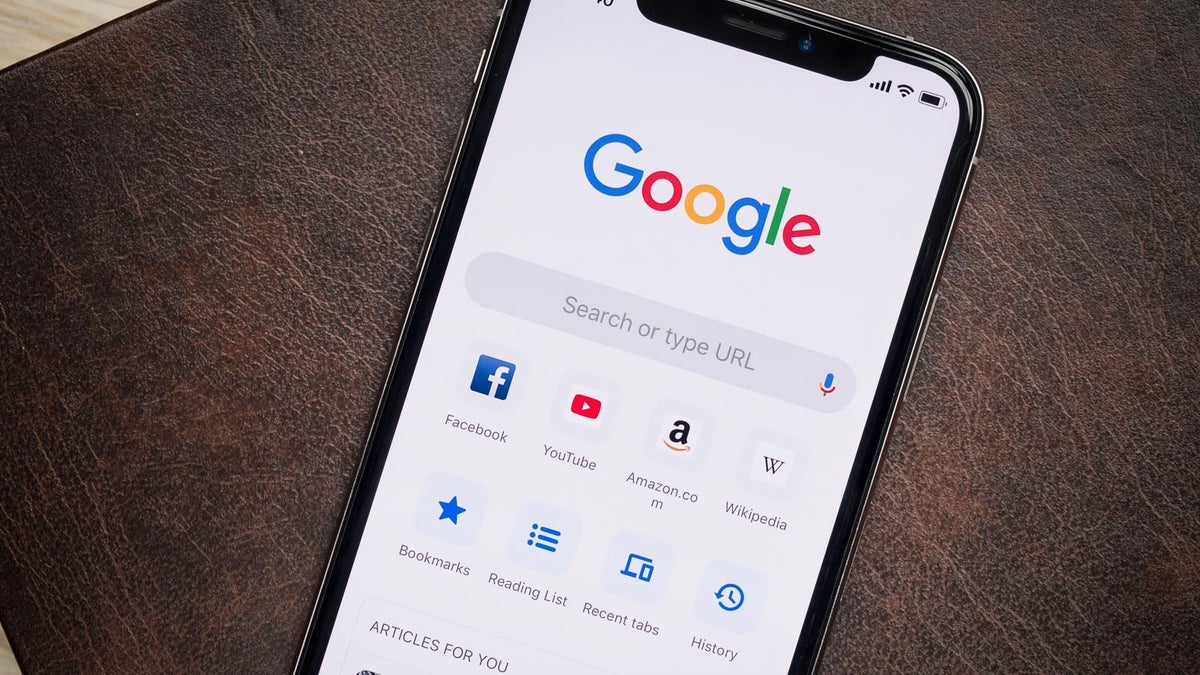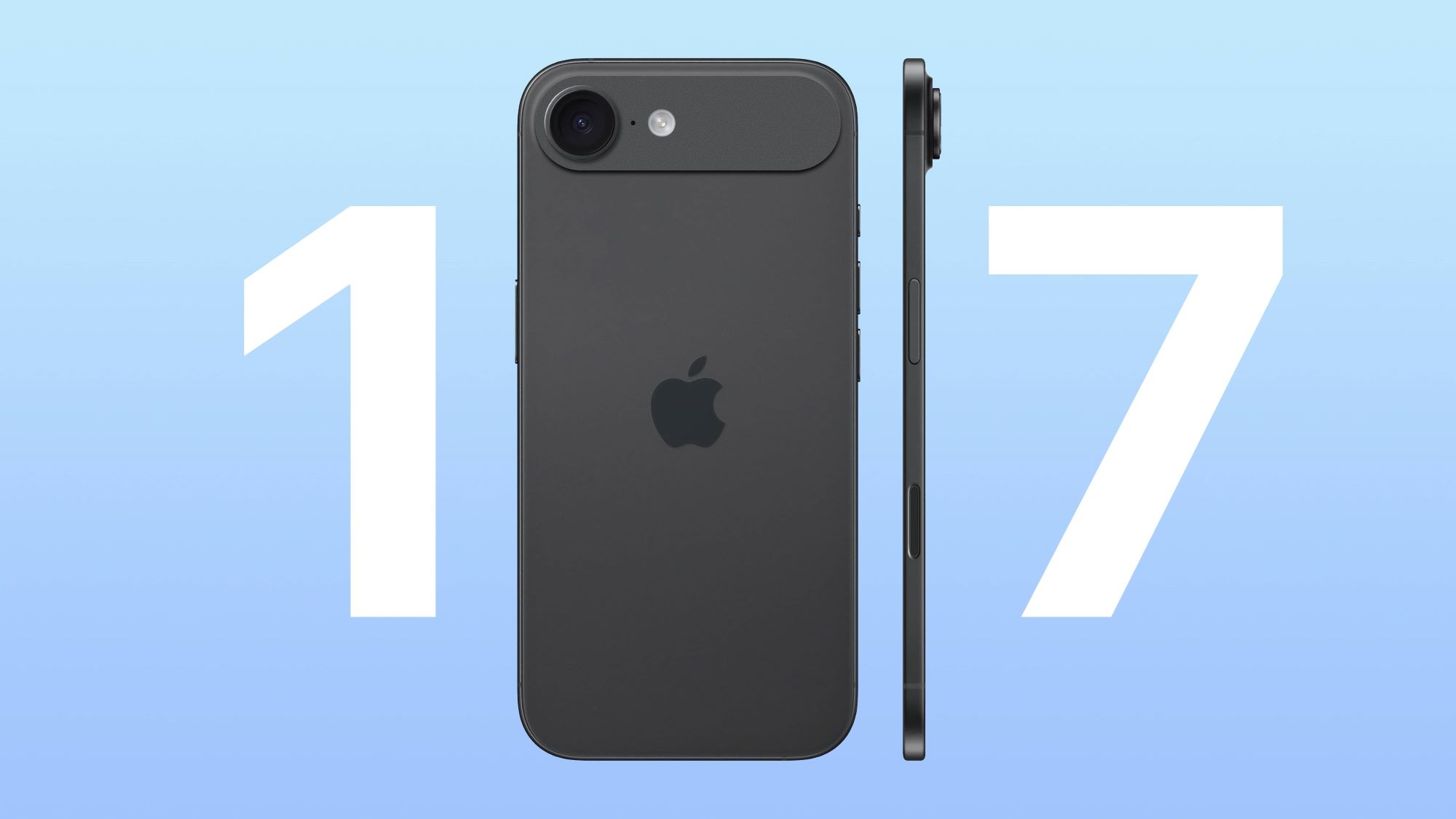Samsung, the South Korean tech giant, is at it again, pushing the boundaries of smartphone technology. This time, they’re tackling a challenge that has plagued touchscreen devices since their inception: the lack of physical button feedback. A newly uncovered patent reveals Samsung’s ambitious plan to bring the satisfying feel of real buttons to your Galaxy smartphone’s touchscreen. Imagine the tactile click of a keyboard or the reassuring push of a gamepad button, all replicated on the smooth surface of your phone. This isn’t science fiction; it’s the future Samsung is building.
This development is huge news for anyone who’s ever felt a pang of nostalgia for the days of physical buttons. While touchscreens have undeniably revolutionized how we interact with our devices, they’ve also removed a key element of the user experience: tactile feedback. This patent, spotted by MSPowerUser, outlines a system that uses multiple tiny vibration motors placed around the edges of the phone. These motors work in concert with sensors that detect the position and pressure of your touch, allowing the phone to deliver localized haptic feedback that mimics the feel of pressing a real button.
Why is this a big deal?
- Enhanced User Experience: Imagine feeling a distinct “click” when you toggle your Wi-Fi or adjust your volume. This technology promises to make interacting with your phone more intuitive and satisfying.
- Gaming Revolution: Mobile gaming could be transformed. Picture feeling the recoil of a gun or the rumble of an engine, all through the screen. This immersive experience could blur the lines between console and mobile gaming.
- Accessibility Boost: For users with visual impairments, this technology could make navigating their phones easier and more intuitive.
How does it work?
Samsung’s patent describes a complex system that combines advanced haptic motors with precise touch sensing. Here’s a breakdown:
- Touch Detection: When you press on the screen, sensors identify the exact location and pressure of your touch.
- Haptic Feedback: This information is relayed to the vibration motors, which generate specific vibrations tailored to the location and pressure of your touch.
- Simulated Button Feel: By varying the intensity and pattern of the vibrations, the system can create the illusion of pressing different types of buttons, from a crisp click to a soft push.
Samsung’s History of Haptic Innovation:
This isn’t Samsung’s first foray into haptic feedback. They’ve been experimenting with this technology for years. Remember the pressure-sensitive home button on the Galaxy S8? It allowed users to “press” the button even when the phone was asleep. This new patent takes that concept to the next level, extending it to the entire screen.
What are the potential challenges?
While this technology sounds incredibly promising, there are some hurdles Samsung needs to overcome:
- Battery Life: Powering multiple vibration motors could put a strain on battery life. Samsung will need to optimize the system to minimize power consumption.
- Precision and Refinement: Creating convincing haptic feedback that accurately mimics the feel of different buttons is a complex task. Samsung will need to ensure the system is precise and responsive to avoid a jarring or unnatural experience.
- Cost: Integrating this technology into Galaxy devices could increase production costs, potentially leading to higher prices for consumers.
Looking Ahead:
It’s important to remember that this is just a patent filing. There’s no guarantee that this technology will make its way into future Galaxy devices. However, it gives us a glimpse into Samsung’s vision for the future of smartphone interaction. If they can overcome the challenges, this technology could revolutionize how we use our phones, making them more intuitive, immersive, and enjoyable.
My Thoughts:
As a tech enthusiast, I’m incredibly excited about the potential of this technology. I’ve always missed the tactile feedback of physical buttons, and I believe this could be the solution we’ve been waiting for. I can’t wait to see how Samsung implements this technology and how it impacts the future of mobile devices.
Samsung’s patent for real-button feel on touchscreens is a bold step towards a more immersive and intuitive mobile experience. While there are challenges to overcome, the potential benefits are enormous. This technology could redefine how we interact with our smartphones, making them feel more like extensions of ourselves.




